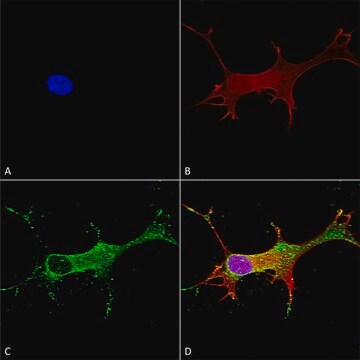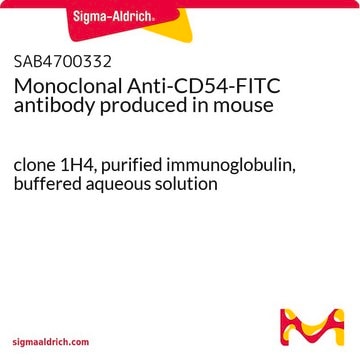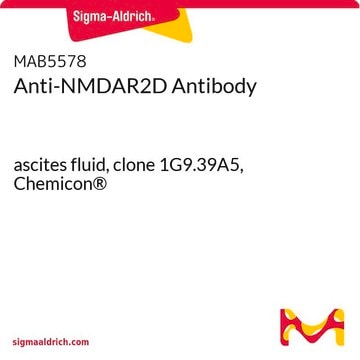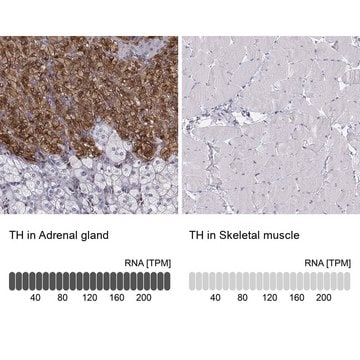SAB5200898
Monoclonal Anti-Glun2A/Nr2A - Apc antibody produced in mouse
clone S327-95, purified immunoglobulin
Sinônimo(s):
Anti-GRIN2A, Anti-HNR2A, Anti-NMDA 2A
About This Item
Produtos recomendados
fonte biológica
mouse
Nível de qualidade
conjugado
Allophycocyanin conjugate
forma do anticorpo
purified immunoglobulin
tipo de produto de anticorpo
primary antibodies
clone
S327-95, monoclonal
Formulário
buffered aqueous solution
peso molecular
antigen predicted mol wt 170 kDa
reatividade de espécies
human, rat, mouse
concentração
1 mg/mL
técnica(s)
immunocytochemistry: suitable
immunohistochemistry: suitable
western blot: suitable
Isotipo
IgG2a
nº de adesão NCBI
nº de adesão UniProt
Condições de expedição
wet ice
temperatura de armazenamento
−20°C
modificação pós-traducional do alvo
unmodified
Informações sobre genes
rat ... Grin2a(24409)
Descrição geral
Imunogênio
Ações bioquímicas/fisiológicas
Características e benefícios
forma física
Exoneração de responsabilidade
Não está encontrando o produto certo?
Experimente o nosso Ferramenta de seleção de produtos.
Código de classe de armazenamento
10 - Combustible liquids
Classe de risco de água (WGK)
WGK 1
Ponto de fulgor (°F)
Not applicable
Ponto de fulgor (°C)
Not applicable
Escolha uma das versões mais recentes:
Certificados de análise (COA)
It looks like we've run into a problem, but you can still download Certificates of Analysis from our Documentos section.
Se precisar de ajuda, entre em contato Atendimento ao cliente
Já possui este produto?
Encontre a documentação dos produtos que você adquiriu recentemente na biblioteca de documentos.
Nossa equipe de cientistas tem experiência em todas as áreas de pesquisa, incluindo Life Sciences, ciência de materiais, síntese química, cromatografia, química analítica e muitas outras.
Entre em contato com a assistência técnica








